Kingdom Linen Museum
The world of sustainable flax and linen
A living history of flax and linen
Kingdom Linen Museum, is our artistic approach to express the philosophy of "responsible environment, enhanced livelihood" and our dedication to technological innovation through a series of different art installations.
Discover
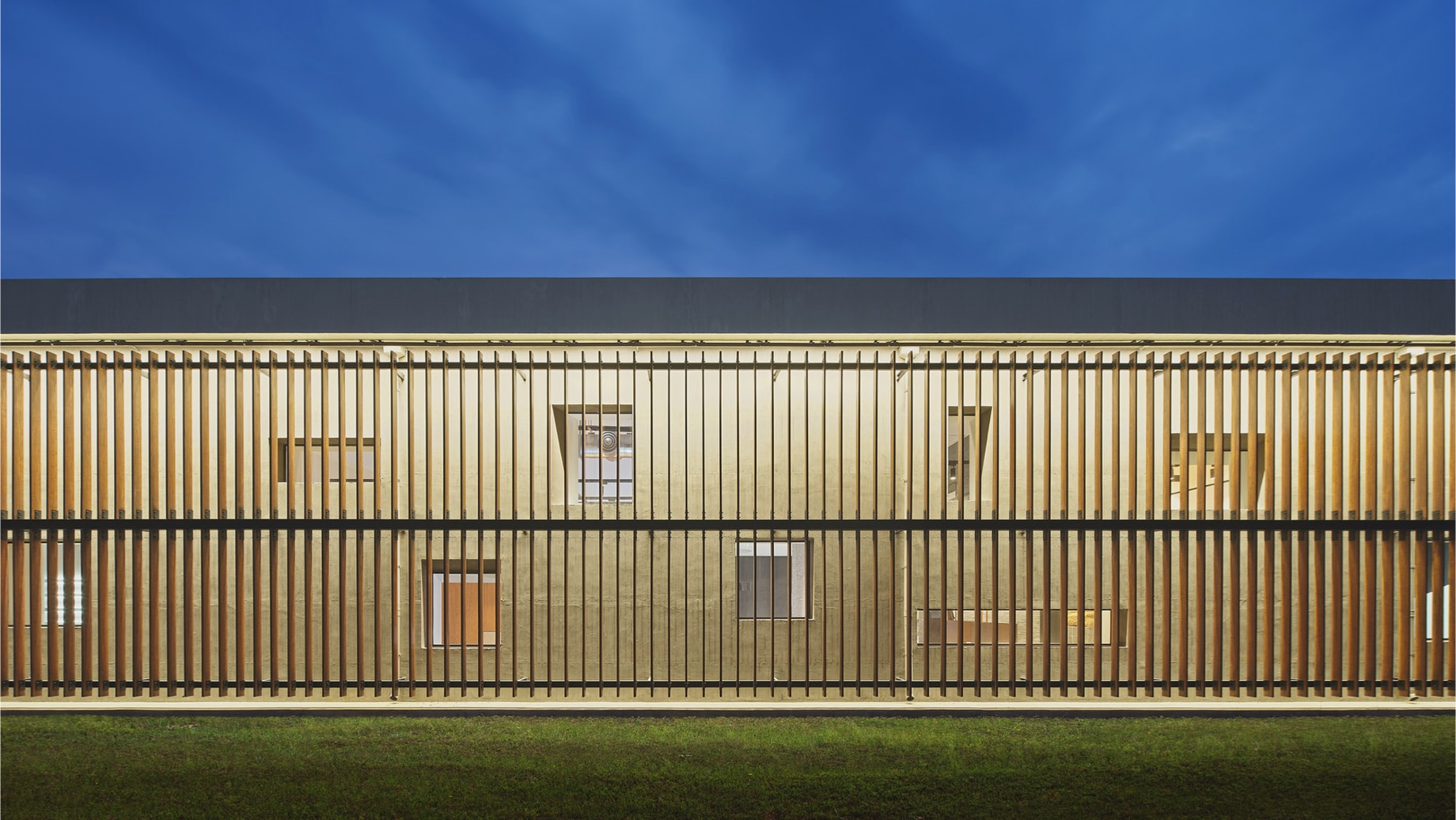
A gallery that renovated the hemp factory and captured various lights
The building area of Kingdom Linen Museum is 850 m2, incuding cafe, audio-visual area, linen gallery, corporate exhibition space, lifestyle showroom and other public functional aarea, for holding all kinds of activities like symposiums and salons. A linen library is also available inside.
An award-winning design
A concrete structure build in 1992. It was the pectin-removal workshop of a silk fabric factory. The structure was re-modelled as a linen museum in 2019. The linen museum building has won the GOOD DESIGN AWARD 2021 in Japan and iF DESIGN AWARD 2021.
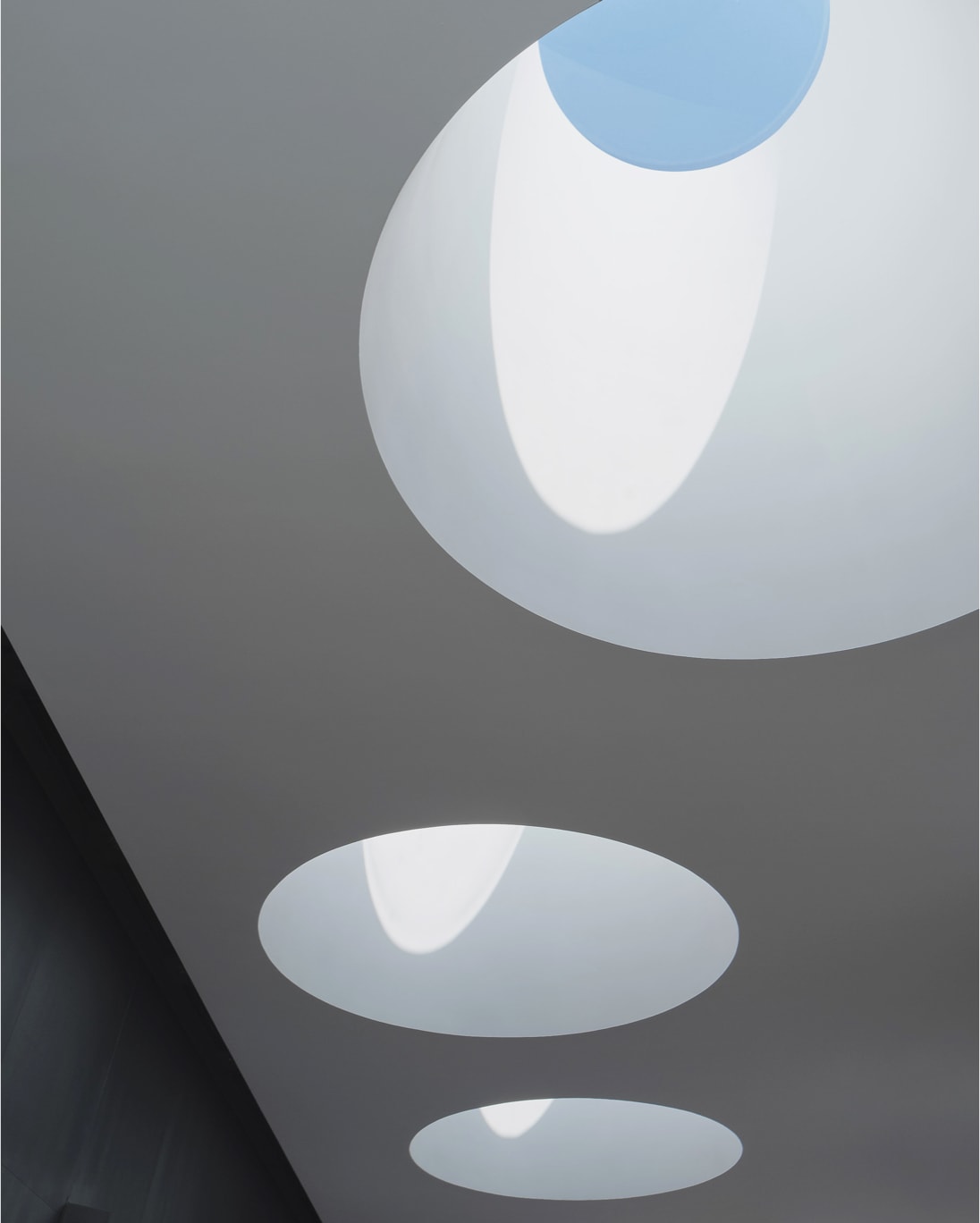
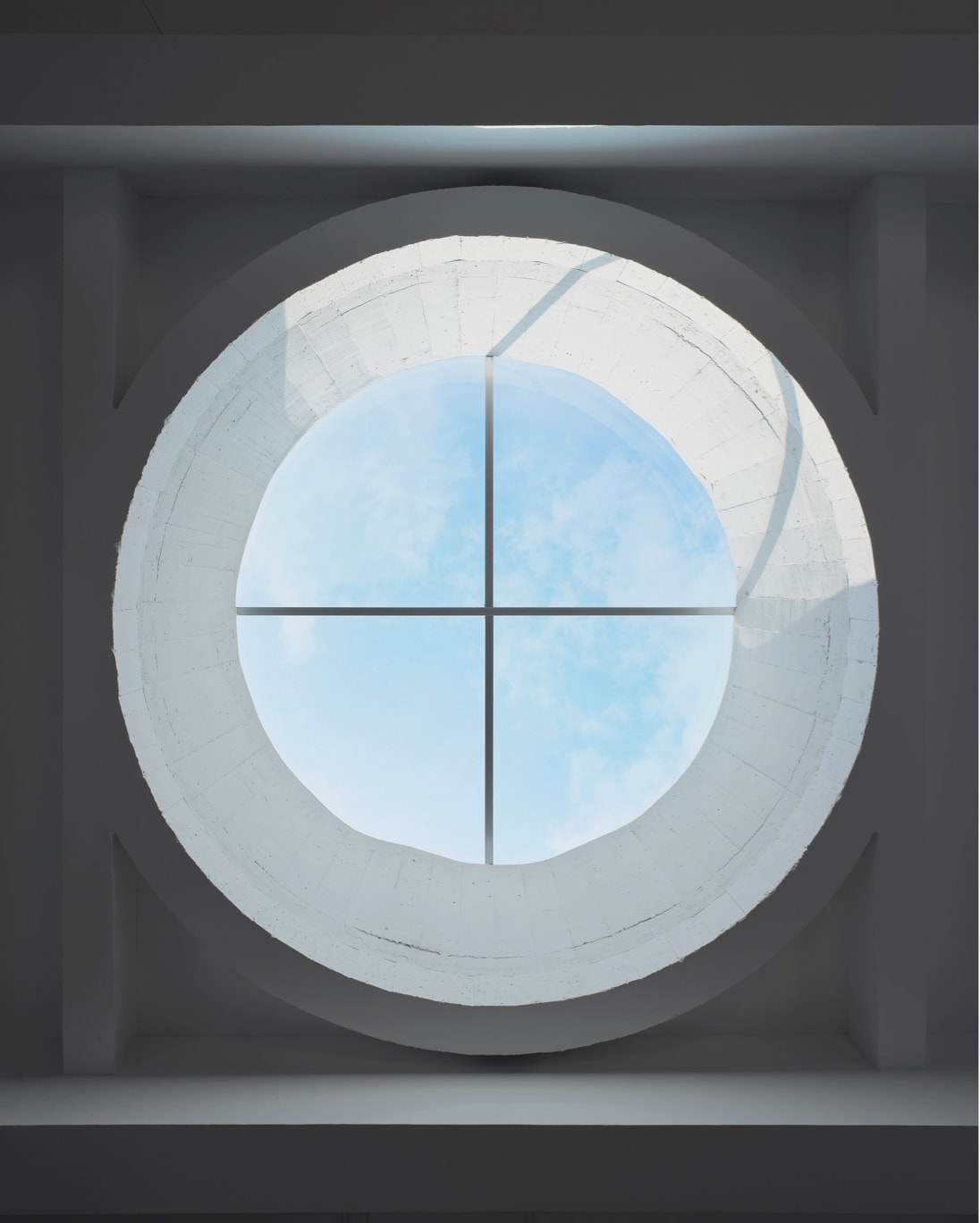
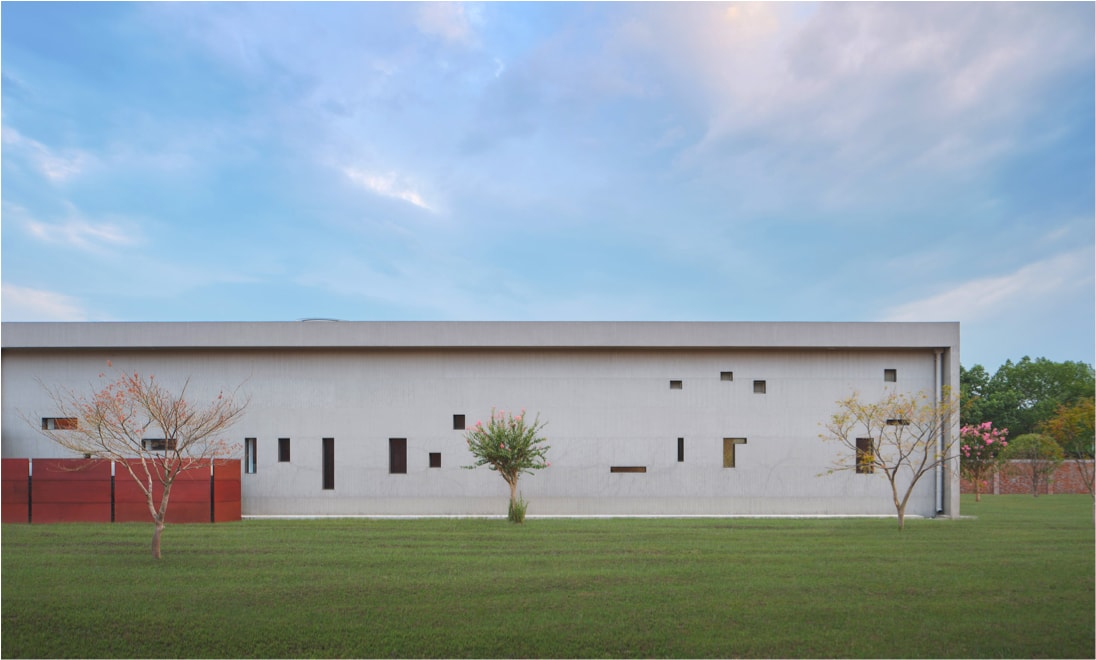
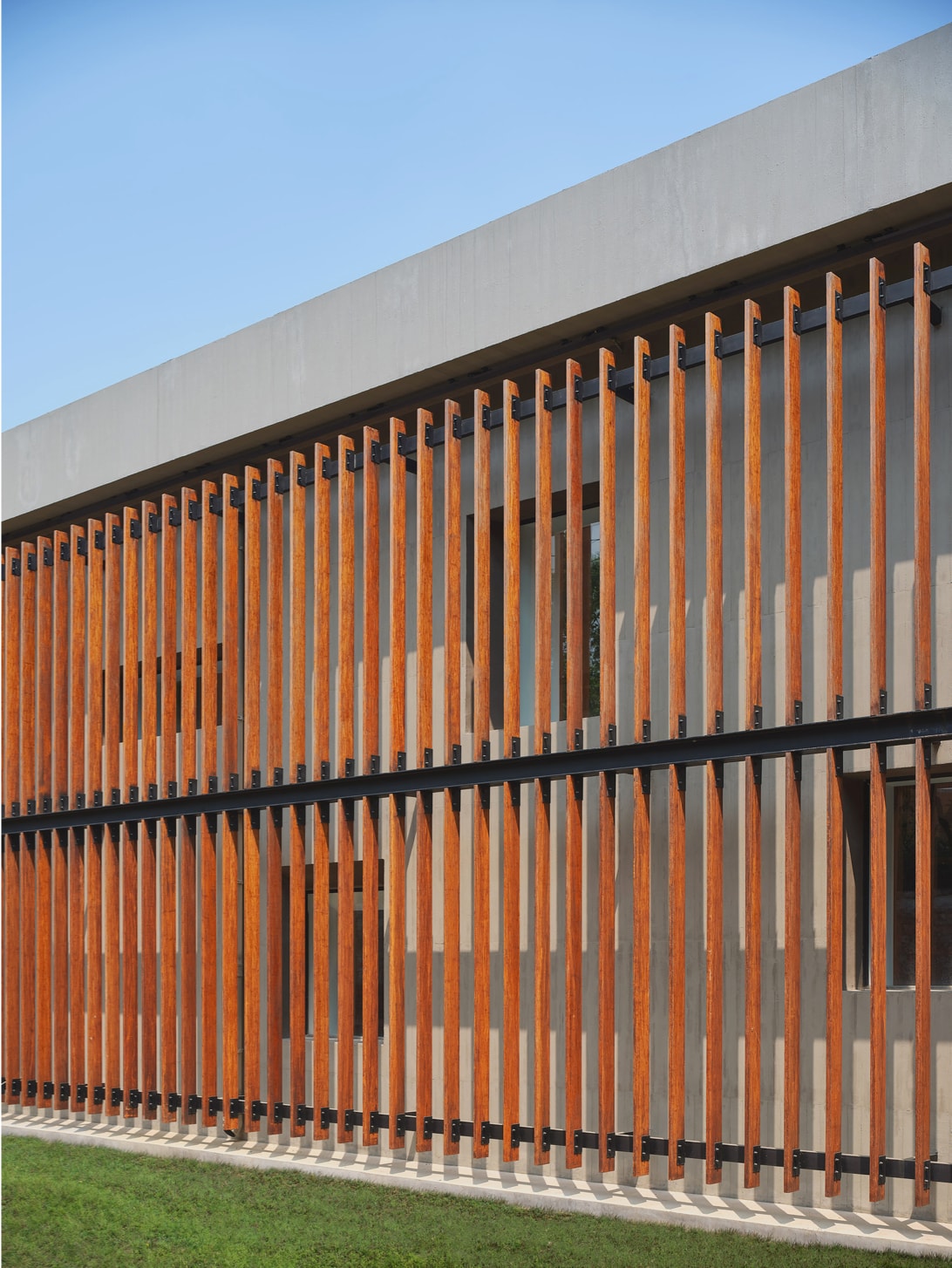
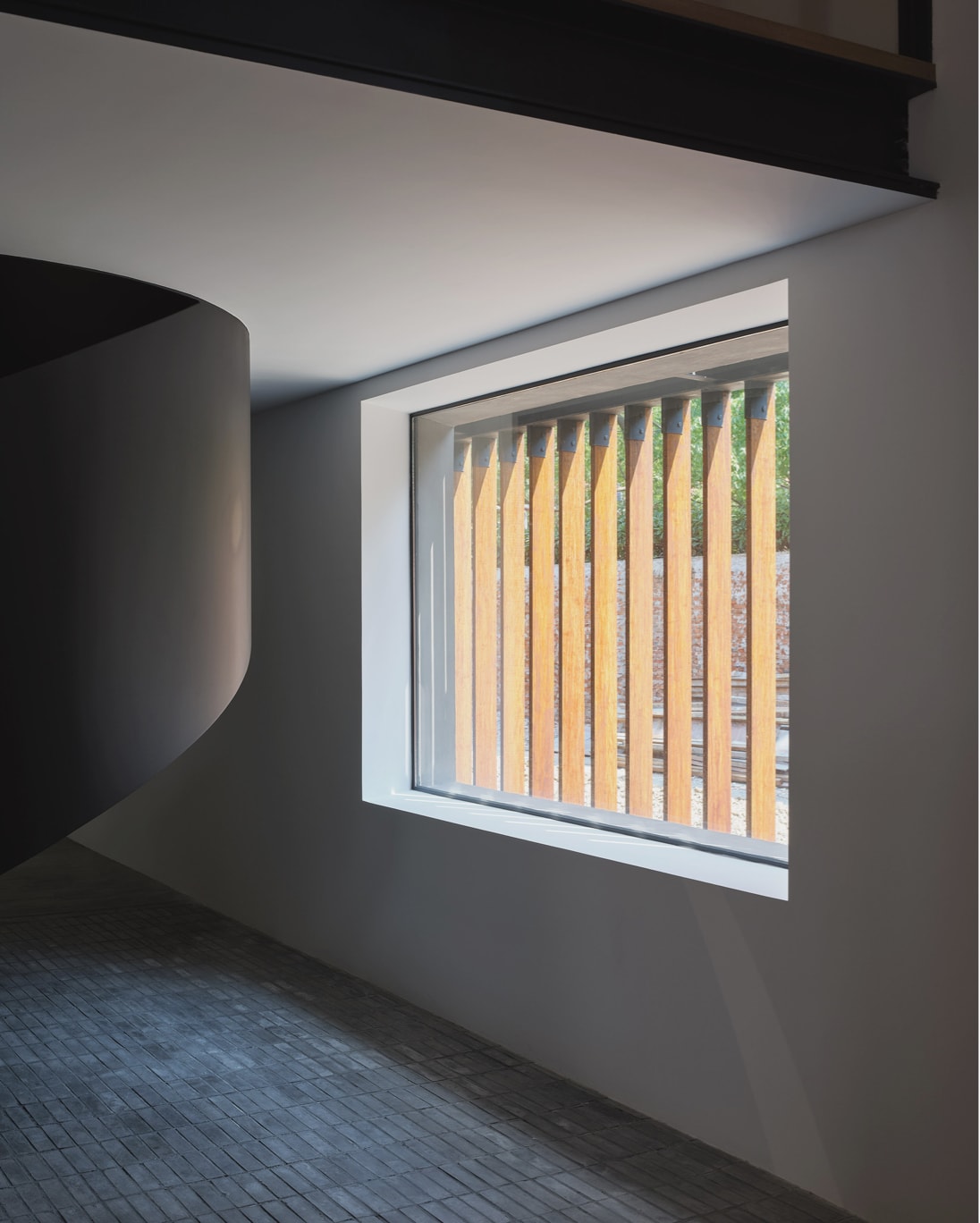
On this old wall with a history of thirty years, bundles of flax from all over the word collected. The wind and rain create timeless taste.
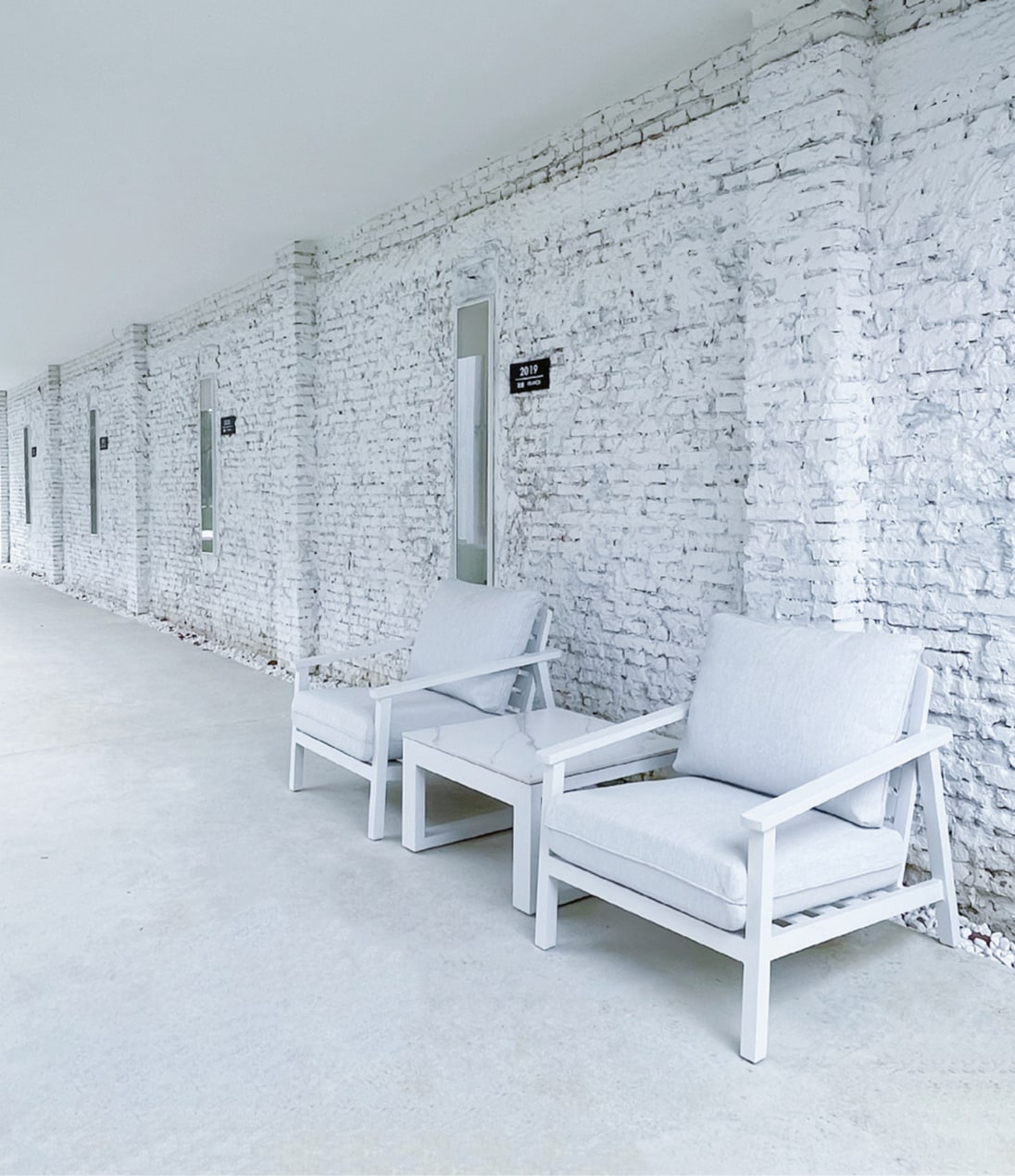
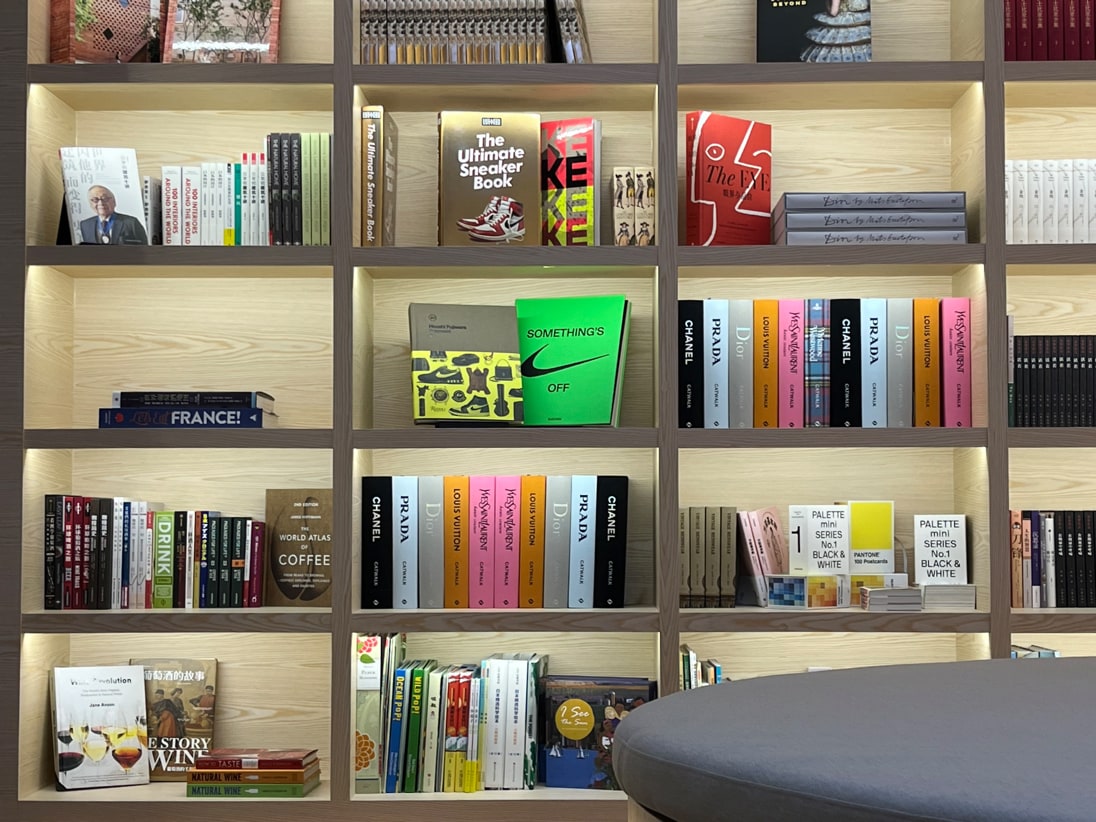
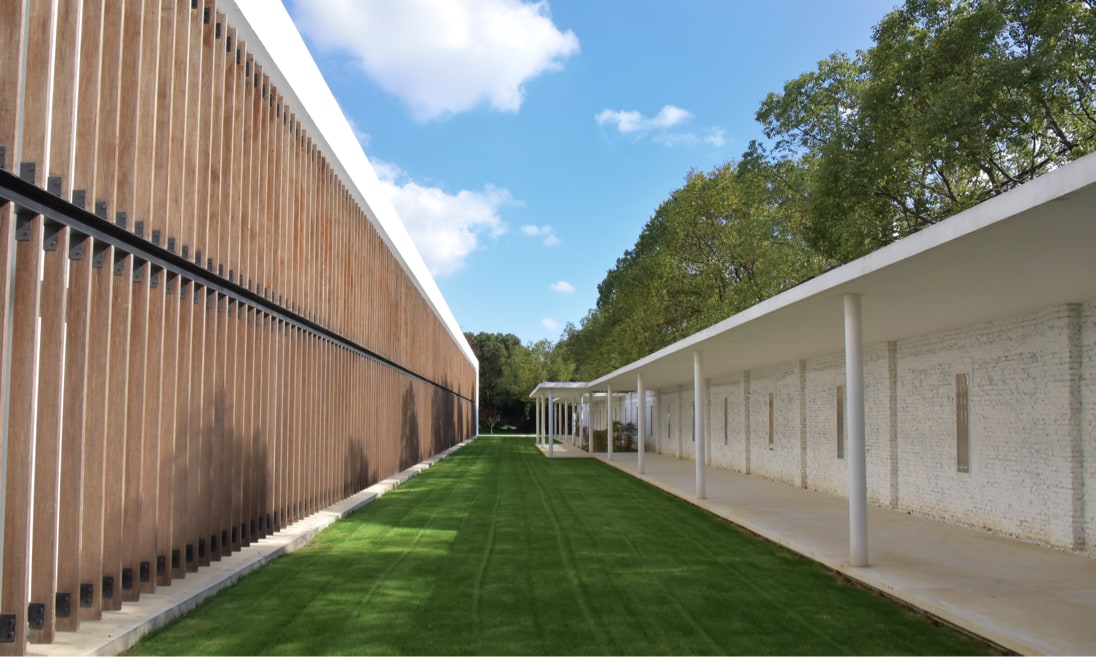
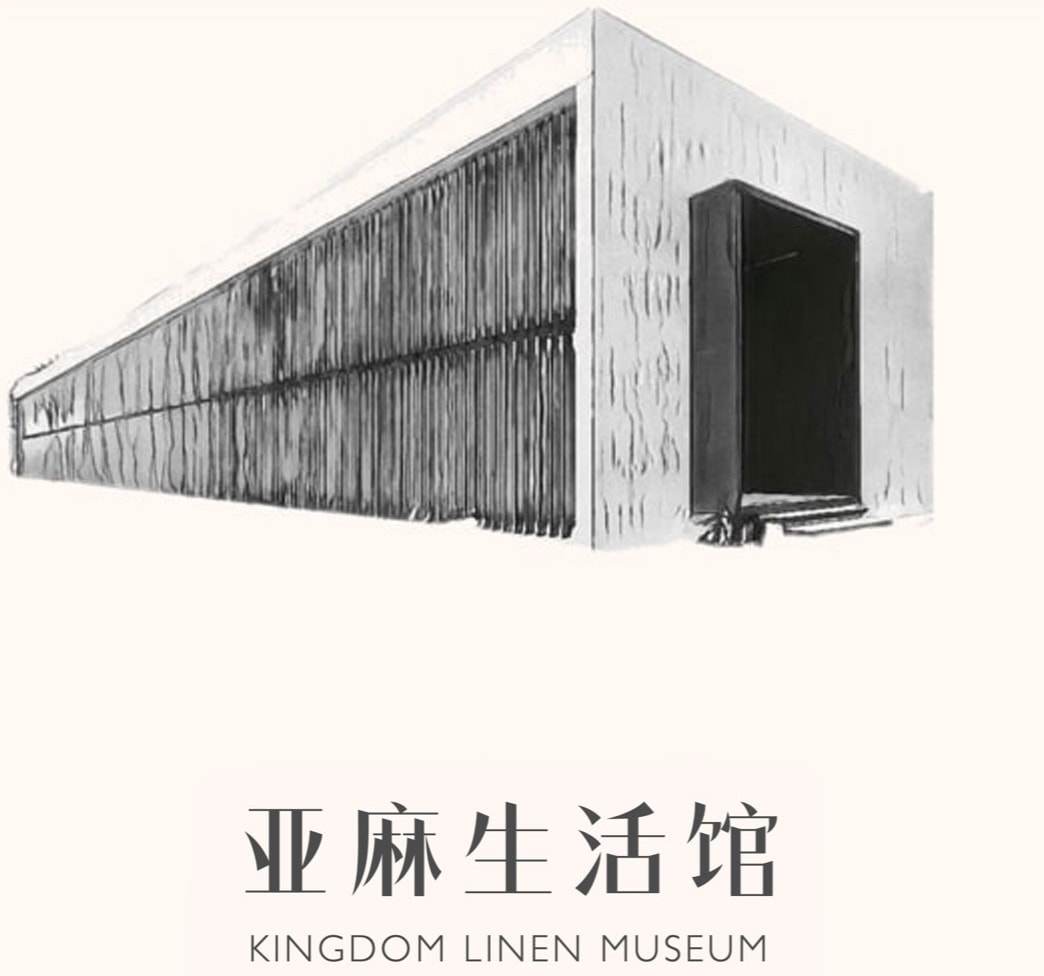
Arts Installations
Expressing our philosophy of "responsible
environment, enhanced livelihood"
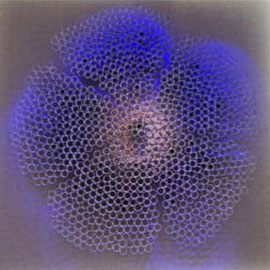
FLOWERS OF STEEL
Strong and long vitality of line material (waste steel rings in linne spinning process)
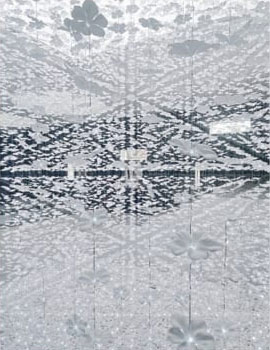
FLAX FLOWERS
Linen straw powder blooms with a new attitude through innovative technology (New material made of flax straw powder)
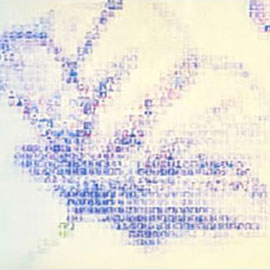
WHOLEHEARTED WALL
Kingdom irrigates every flax flower with diligence and smile. (Linen yarn)
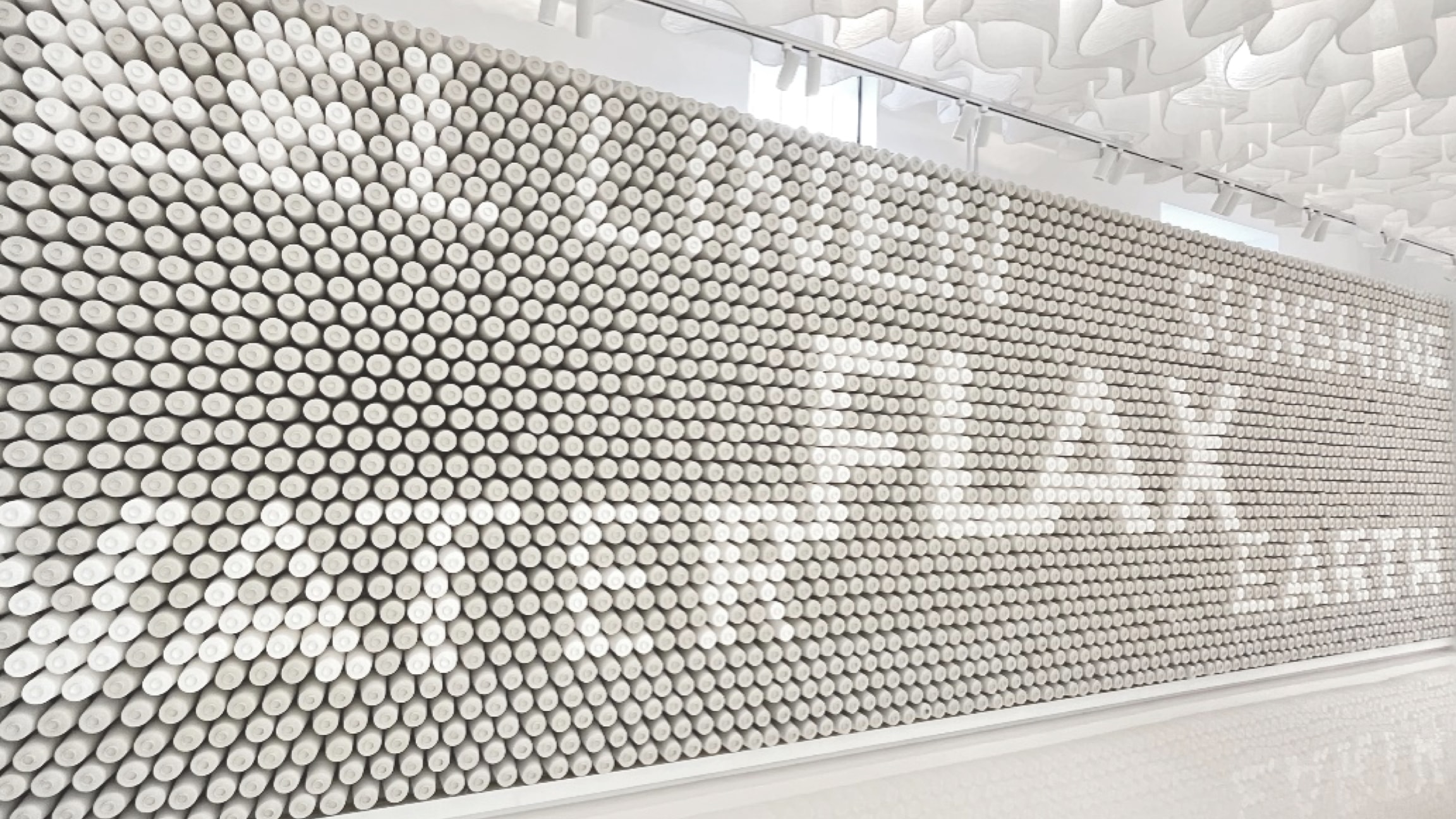
THE JOURNEY OF DREAMS
3,344 rolls of linen yarn makes the natural and pure characters of flax. (Linen yarn)
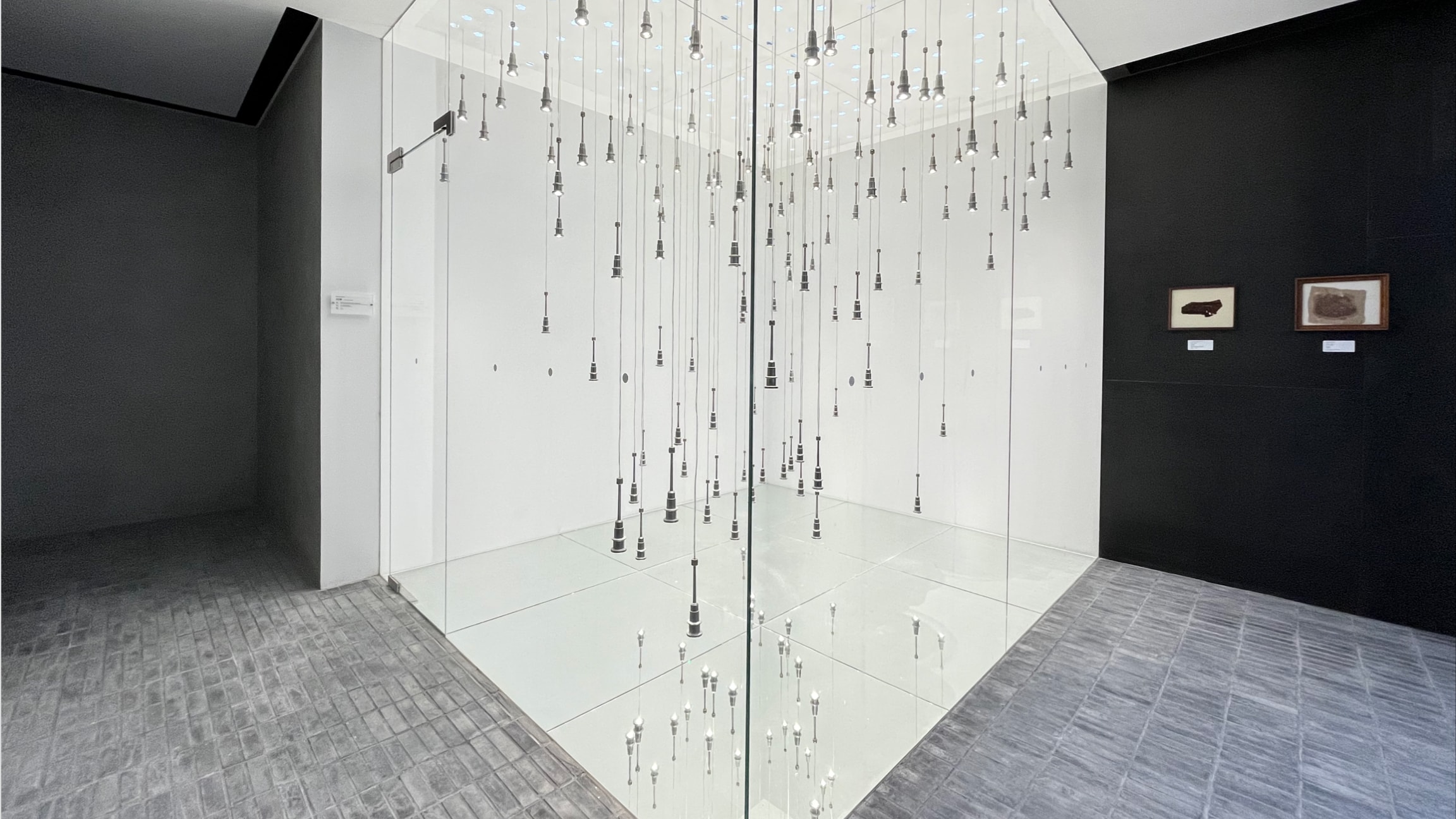
SPINDELS
Light beaming from the spindels makes the seasons and surrounding warm. (Wasted spindels in linen spinning process)
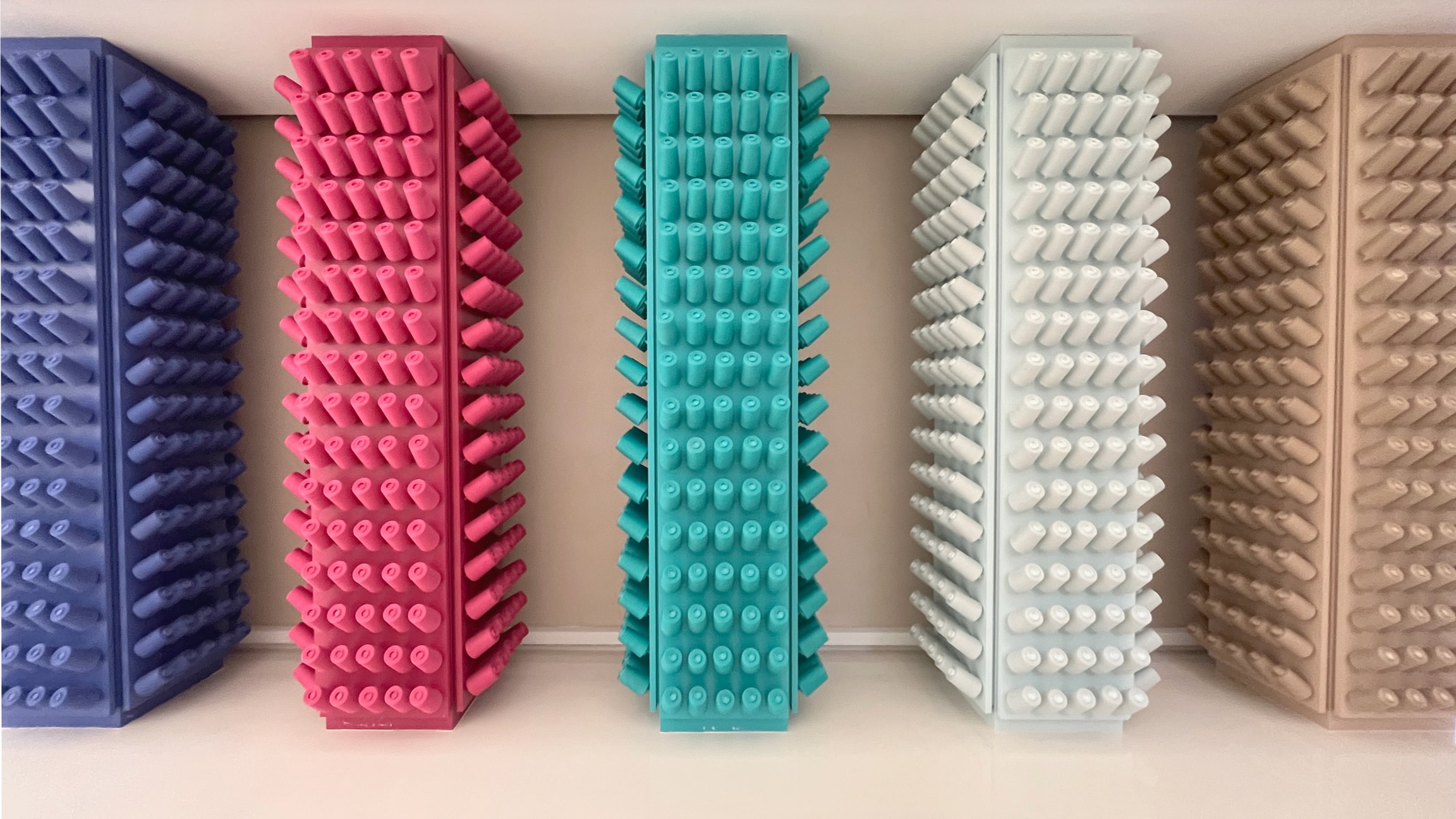
FIVE ELEMENTS YARN
Flax is like the soul of all matters, keeping the balance between human and nature for harmony and co-existence. (Linen yarn)
Coptic Fabrics
Kingdom Linen Museum has a collection of authentic linen fabric from Nile dating back about 1,500 years.
Coptic Fabrics are part of an exhibition in the museum's linen gallery area. The word "Copt" is an Arabic translation from ancient Greek, meaning "Egypt". optic fabric is a textile made by Copts from the 4th to 5th centuries, centered on the 2nd to 12th centuries. Early embroidery, embroidery weaving, but also the use of lead belt wheel nail weaving, twist dyeing and other technologies. These fabrics were used for bodice, cuffs shoulders, hemlines, stripes and upholstery. Linen batik textile is one of the indispensable textile varieties in the social and religious life of ancient Egypt.
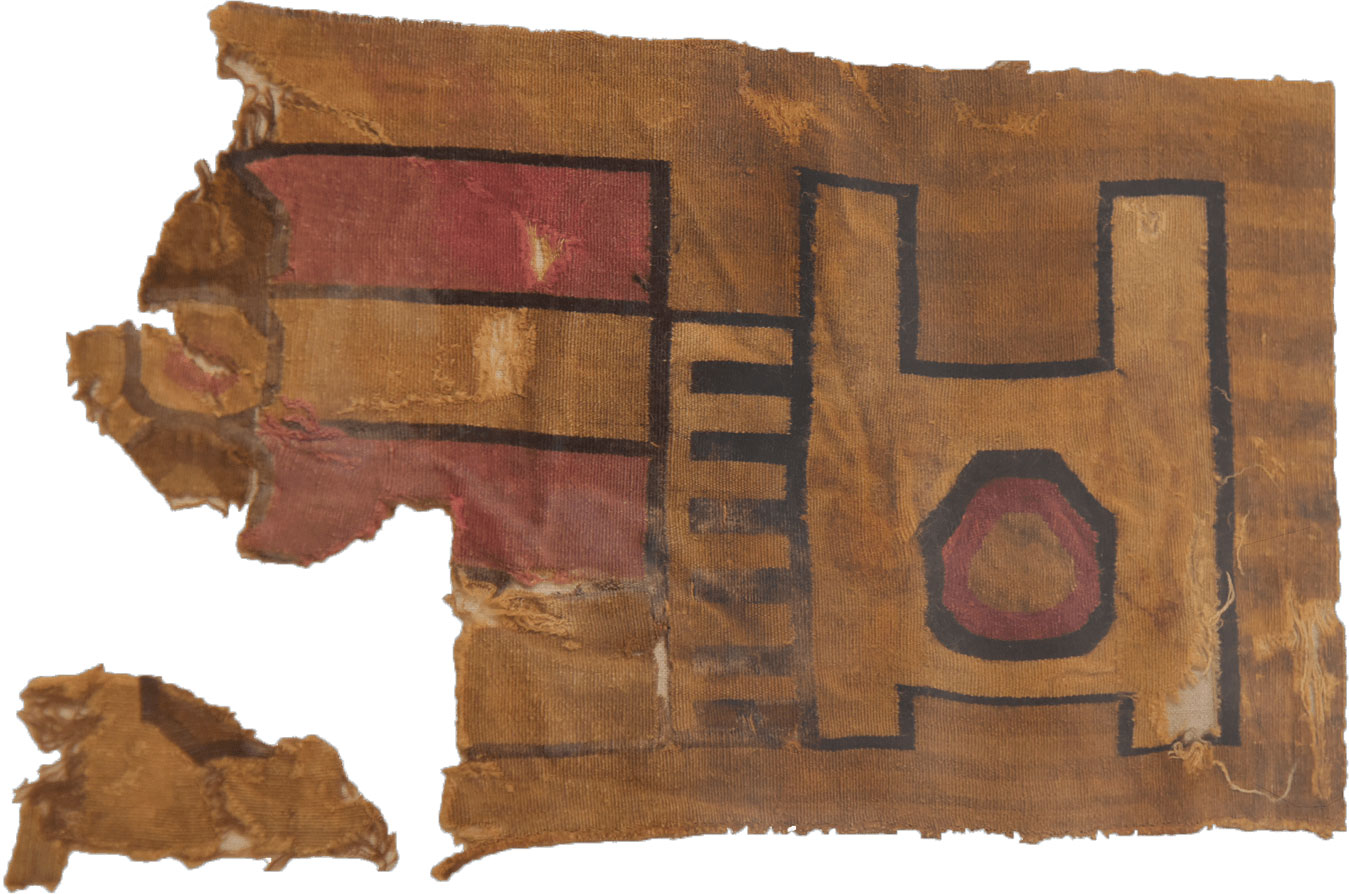
01 Woven cotton pendant
AD 6th-8th century
Made of linen and wool
Waven with holy statue geometric patter
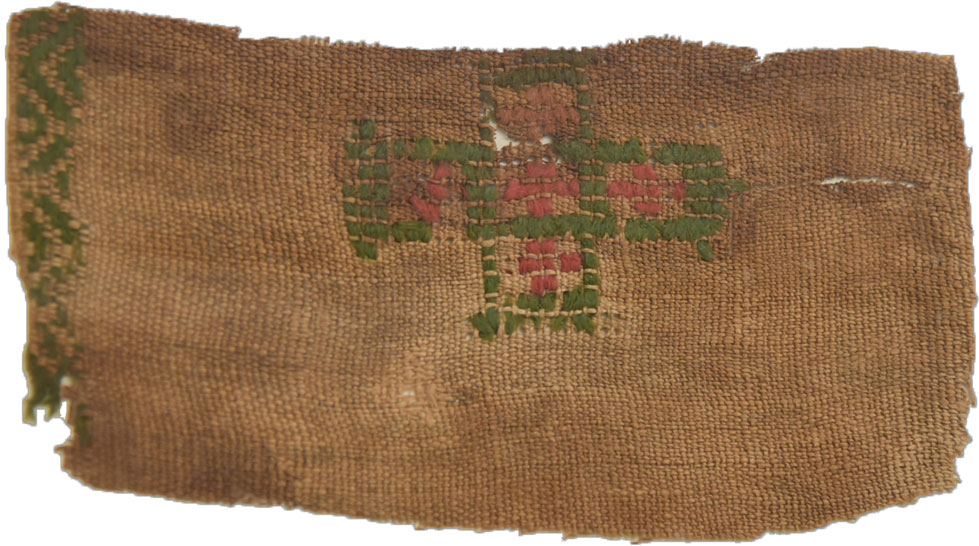
02 Coptic clothing
5-6th century
Made of linen
Waved with corss pattern
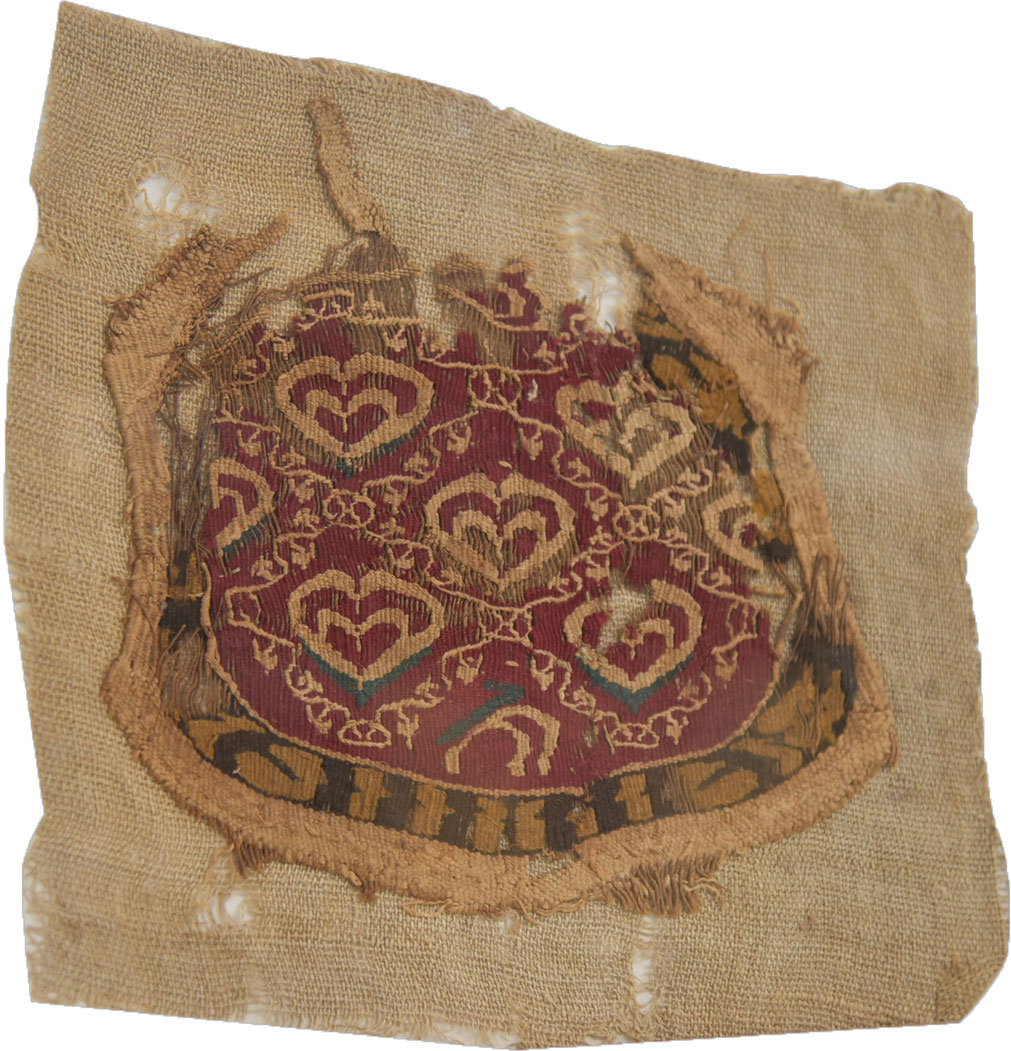
03 A tunic from Alexandria
AD 2-12th century
Made of hemp
Waven with color islamic culture pattern

04 The Tiavanaco culture of the Peruvian Andean civilization fabric
AD 9-12th century
Made of linen and wool
Waven wih animal pattern
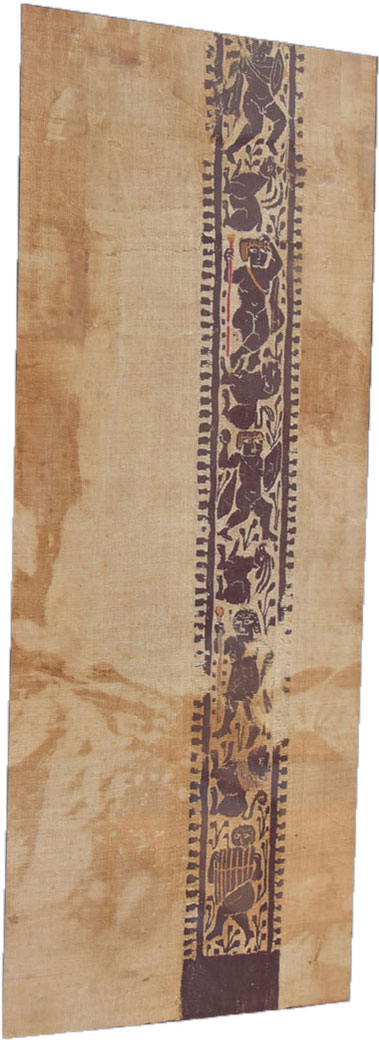
05 Part of a tunic
AD 4-5th century
Made of linen
Waven with pattens of hunters,
people holding crutches,shields,lions and etc.

06 Part of a tunic belongs to early age of Islam
AD 6th-8th century
Made of linen and wool
Waven with colorful figures dancing pattens
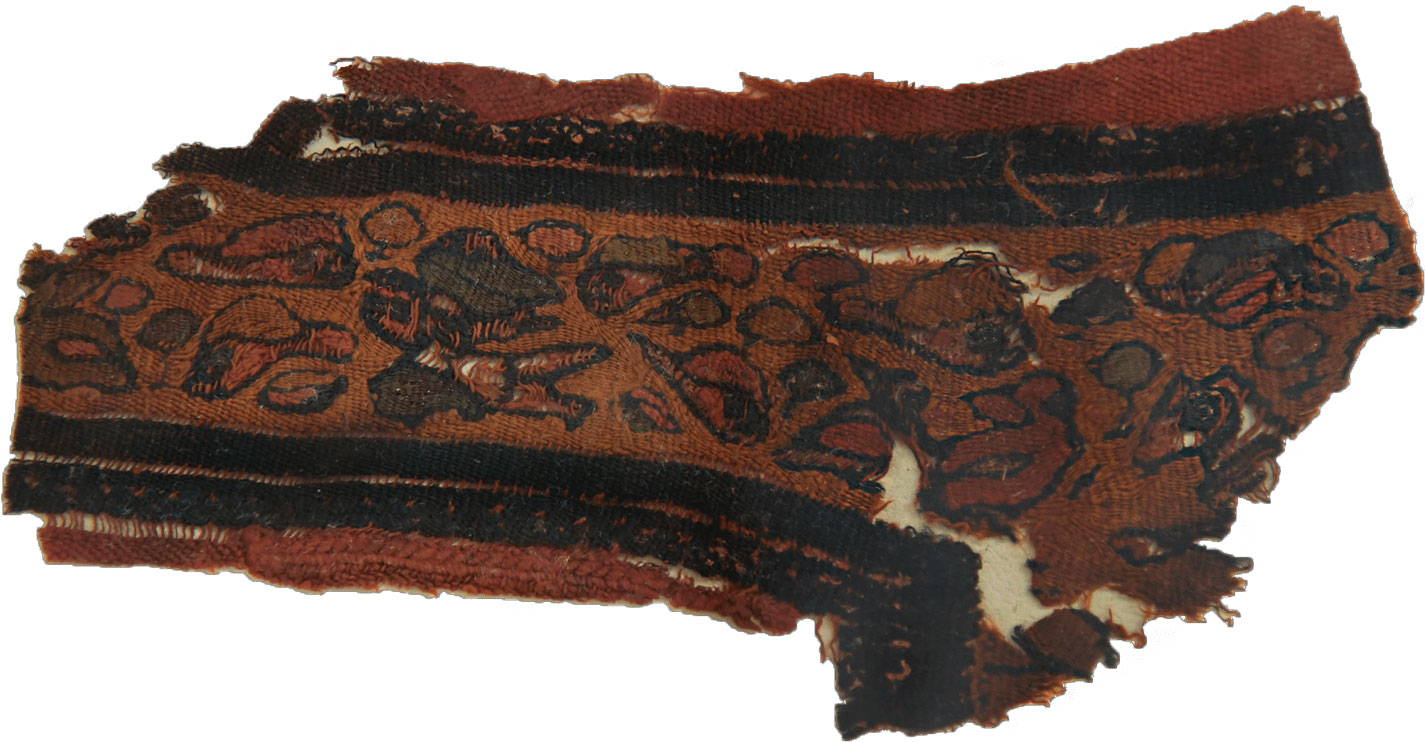
07 Coptic fabric, Egypt
5-12th century
Made of Linen
Waven with decorative pattens
100NM Kingdom Linen Yarns
In the linen industry, the higher the count is, the finer and valuable the yarn is. Normally, our garments are made of 26-40 count linen yarn. Kingdom linen yards 100NM presenting the leading standard of the industry.
